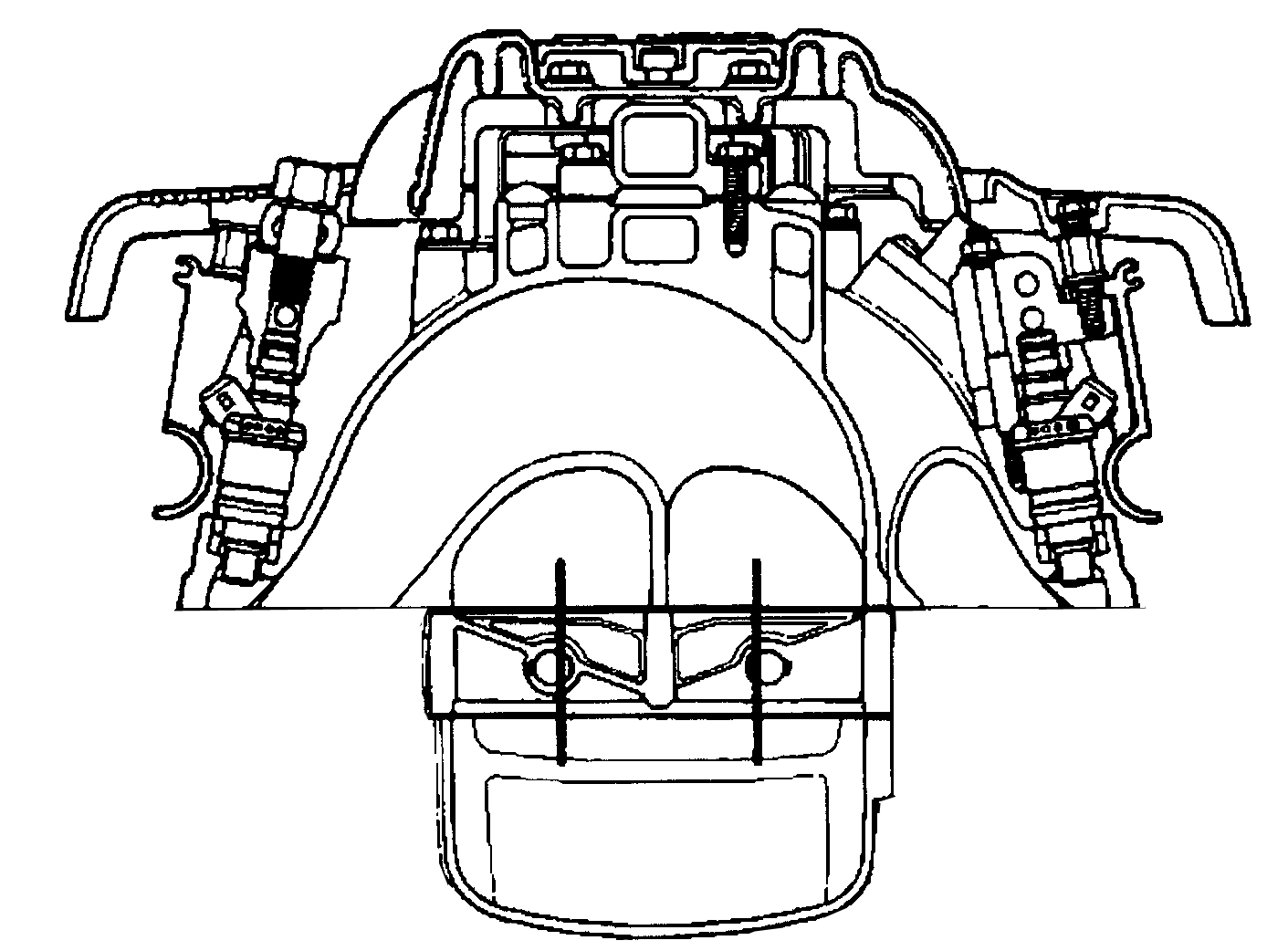Does anyone have any mathematical formulas ... ?
Here you go: the following formulas should give you an idea how large the throttle body in your naturally aspirated NSX should be if you want to maintain the same maximum airspeed past the throttle plate as is seen in a stock NA1. The formulas don’t take into account that the friction in the engine may increase exponentially, not linearly, with increasing horsepower so the diameter may need to be a touch larger than is calculated to take that into account.
Paste the following into one cell in Excel to calculate the diameter of the throttle body in mm based on crank hp:
=(6.2*2+((6.2*2)^2+270*10.236574228392*4*PI())^0.5)/PI()
note: get rid of the space betweeen 0.5 and ) towards the end of the formula. I don't konw why that space is getting inserted into the post
To calculate based on rear wheel hp, paste the following into a cell in Excel:
=(6.2*2+((6.2*2)^2+235*11.7611703900674*4*PI())^0.5)/PI()
note: get rid of the space between 0. and 5 towards the end of the formula
In the formulas, 6.2 is the thickness of the stock throttle spindle in mm when the throttle is completely open (actually it's 6.1 mm plus two mounting screws sticking into the airflow, so let's call it 6.2 mm thick on average). If the throttle body you’re looking at installing has a different spindle thickness, change both 6.2’s in the formulas to whatever you want. 270 is the crank horsepower of the engine in the first formula and 235 is the rwhp in the second. Change those figures to whatever naturally aspirated horsepower you’re shooting for to see what throttle plate diameter in mm should get you an airspeed close to a stock NA1’s. In a stock NSX, the throttle plate has a diameter of 63.4 mm.
When shooting for a horsepower target, please note that almost no dynos are accurate. To determine how many horsepower your car really has, it would be good to take a stock NA1 along as a benchmark, assume it puts out 270 crank hp or 235 wheel hp regardless what the dyno says, and then calculate the percentage difference between your car and the bone stock car.














